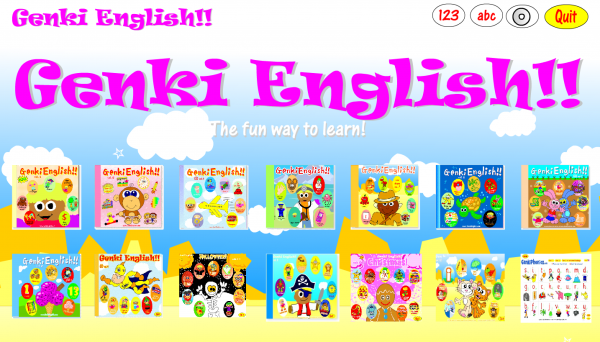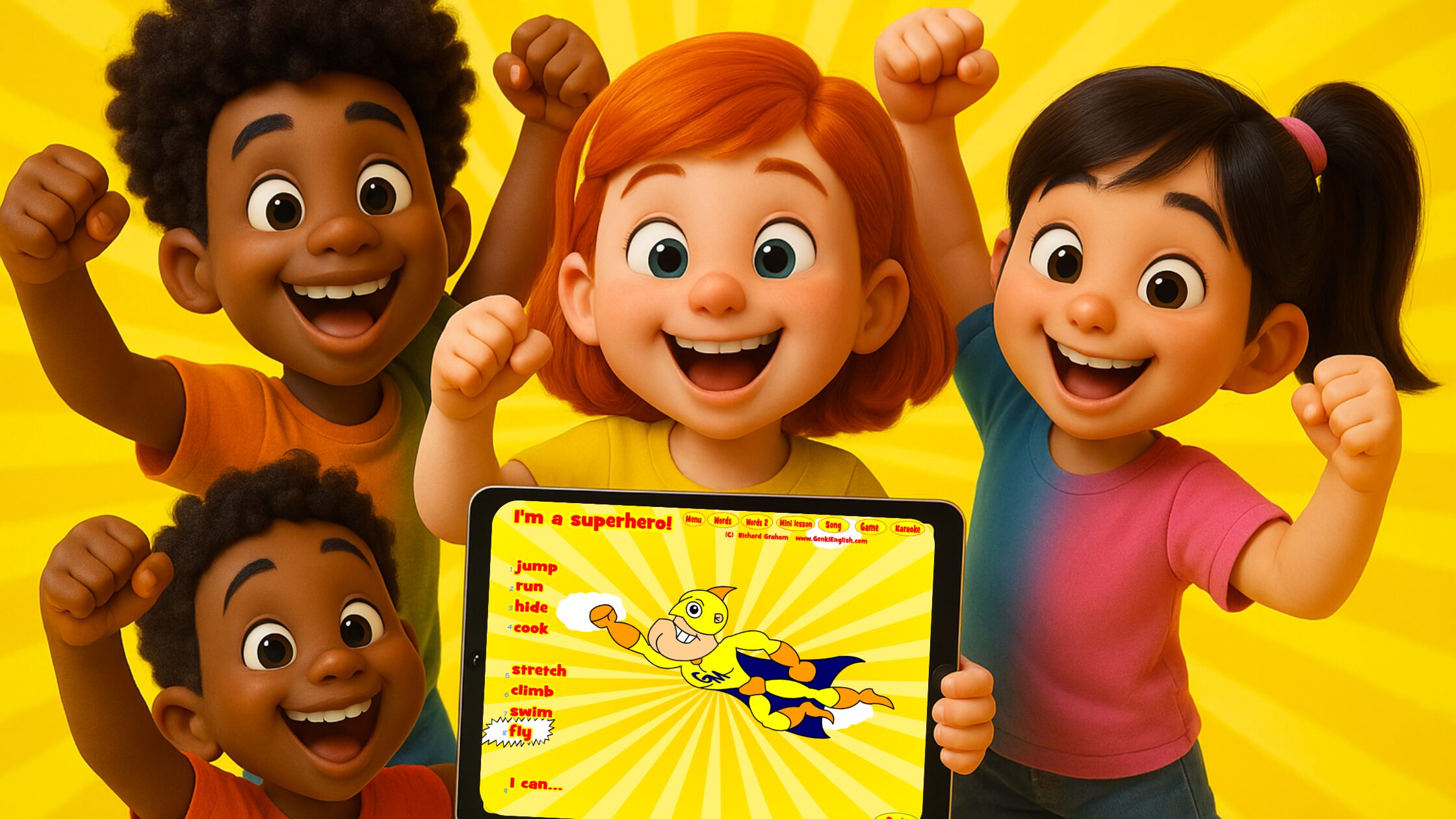 Here you go, the super brand new talking phonics pages!
Here you go, the super brand new talking phonics pages!
The order has been changed, the words have been changed, sound quality improved and generally it’s a whole lot easier to use and now matches perfectly the phonics posters – which are proving to be a huge hit!
It should also hopefully show how the so called “magic e” sounds aren’t really magic at all, they’re just alternative readings of the sounds we’ve already done!
Phonics is always really controversial, so if you have questions, please ask away in the comments!
Hopefully there are no technical mistakes, but please let me know if you find any. I just had a look now and there is indeed one sound missing from the first two pages. Can you tell which one it is? (Hint, it’s actually on the alternative sounds pages!)
What’s Phonics? & A bit of History
It’s been 10 years since I did the first phonics pages. Everyone was always say “phonics, phonics!” to me but I’d no idea what it was, it sounded far too difficult!
But as I started researching it I found it’s quite simple, the basics is just saying the letter sound (“a, b, c”) instead of the letter name (ay, bee, see.) I realised it would be really useful to have a simple webpage where you click the letters and hear the sound. Fast forward to today and Google considers it one of the top 3 pages in the world for phonics!
Over the years I’ve worked with some of the best trainers all over the world to introduce & research other phonics programmes. I’ve learnt a heck of a lot. Mostly about things like which order to teach them in, which sounds to make etc. And that has culminated in the amazing success the Phonics Posters have been having espeically in countries like the US where parents have been using them to teach their own children. I think I’ve pretty much nailed the easiest to do phonics programme out there!
Of course I’m still learning and there will be more to come (I have to integrate the “funky words” into the posters more!) but for now enjoy the new talking page!



Richard,
this is great! I’ve been waiting for this. Now the kids can practice the gestures also at home.
It’s been not even one year since I started this program and meanwhile my kids are really reading , and reading while understanding.
I just finished the book: “How the brain learns to read”, by David A. Sousa~and I was absolutely impressed by how everything that’s stated is just like GE phonics. The reasoning is very logical, at least after I’ve been using GE phonics and know how it works.
At one point I was thinking, that I knew all that’s in the book, wondering why I was reading it, but I think I just understood everything because I have been using this method, so it’s been a great book to complete the circle.
Highly recommended , it’s available on kindle.
Richard,
I just had a slower look this morning;
Where is the “ea” sound as in “mean”. I found it pronounced as in “bread”; Should the other one be taught before teaching alternative readings or would it also be taught in part 3?
I guess I’ll have more questions coming up when checking the third and fourth time, but I just can focus on one sound each time.
It should be in part 3!
These look really nice – I’ll email out a link to my students’ parents. Thanks!